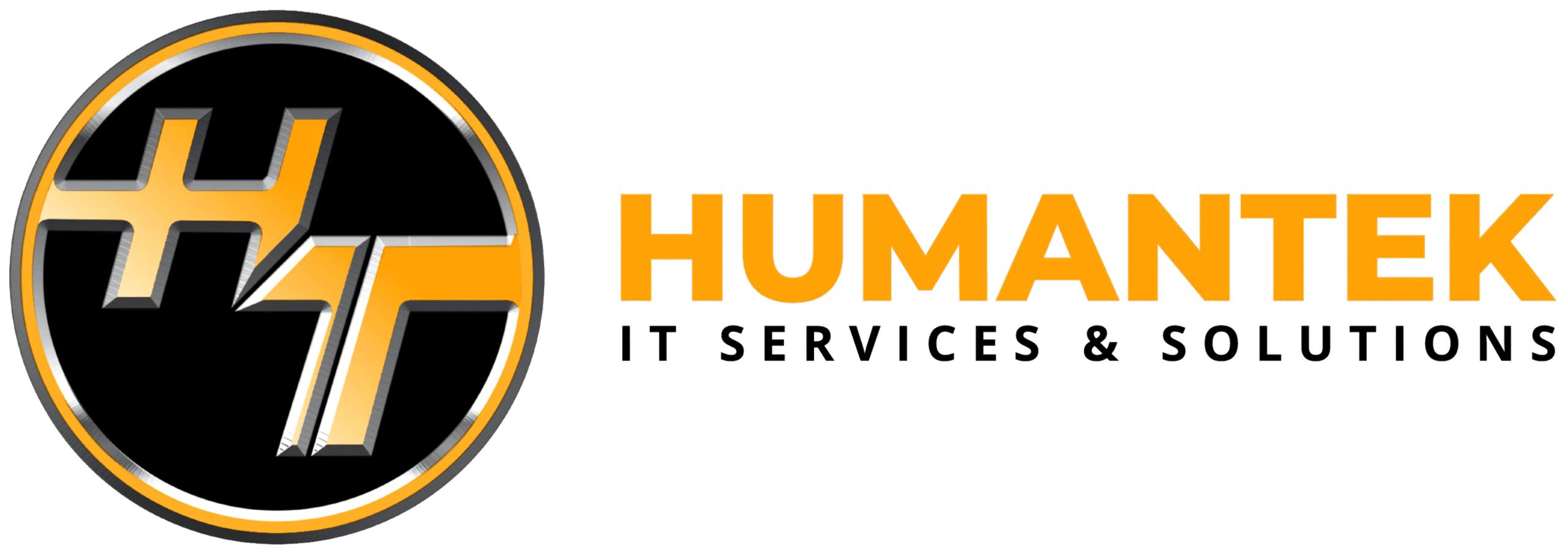In today’s fast-paced digital world, efficiency, creativity, and timely project delivery are non-negotiable for designers. Whether you’re a seasoned professional or just stepping into the creative field, optimizing your design workflow can dramatically improve the quality and speed of your output.
This blog explores practical tools and actionable tips to simplify your workflow, with a special focus on logo design services—a crucial element in building memorable brand identities.
Why a Streamlined Design Workflow Matters
A design workflow is more than just a sequence of steps, it’s a structured strategy that helps you overcome creative blocks, time constraints, and client demands. By refining your workflow, you free up mental energy for creativity while ensuring every design aligns with business objectives.
A strong workflow means:
- Less time wasted on repetitive tasks
- Better communication with clients and teams
- Designs that are both visually compelling and strategically effective
The Role of Logo Design Services
Logos are often the cornerstone of a brand’s identity. Professional logo design services bring specialized expertise in crafting unique and impactful logos that resonate with audiences.
Partnering with these services gives you:
- Expert insight into brand communication and visual storytelling
- Access to refined design techniques and software
- Freedom to focus on broader creative elements while specialists handle logo execution
Phase 1: Pre-Design Preparation
Before diving into design software, the groundwork you lay in this phase determines project success.
Define Clear Objectives
Set measurable goals based on the client’s brand values, target audience, and aesthetic preferences. Tools like Trello, Asana, or Notion help organize briefs and ensure everyone is aligned.
Research the Market
Strong design begins with strong research. Study competitors, industry trends, and consumer behavior. Use tools like SEMrush and Google Trends to gather insights that shape your design direction.
Brainstorm and Sketch Ideas
Don’t underestimate the power of sketching. Quick doodles on paper or digital tablets (like Wacom) help generate diverse ideas. Tools like MindMeister can help you map concepts visually and refine connections between ideas.
Phase 2: Creative Execution
With a foundation in place, it’s time to bring ideas to life using advanced tools and innovative techniques.
Leverage Professional Design Software
Industry favorites like Adobe Illustrator, Photoshop, and InDesign remain essential. Alternatives such as Figma, Sketch, and CorelDRAW also provide excellent vector, layout, and prototyping capabilities.
Experiment with AI-Powered Tools
AI is reshaping the design landscape. Tools like Canva, Tailor Brands, and Looka can generate logo prototypes instantly, serving as inspiration or rapid mockups. While they don’t replace human creativity, they can speed up exploration.
Master Typography in Logo Design
Typography is central to logo design. Fonts, spacing, and alignment can make or break a logo’s impact. Explore Adobe Fonts or Google Fonts for variety, and pay close attention to kerning, tracking, and leading for precision.
Phase 3: Refinement and Delivery
After creating, it’s essential to refine and prepare the design for client presentation and long-term use.
- Seek Feedback: Use collaboration platforms like Figma or InVision for real-time comments.
- Ensure Consistency: Align color palettes, typography, and iconography with brand guidelines.
- Export Smartly: Deliver assets in multiple formats (SVG, PNG, PDF) for flexibility across platforms.
Conclusion
A streamlined workflow is the backbone of great design. By combining structured processes, the right tools, and expert logo design services, you can balance efficiency with creativity producing designs that not only look good but also work strategically.
Whether you’re sketching on paper, experimenting with AI, or collaborating with professionals, the key is to stay organized, adaptable, and focused on the end goal: creating designs that make a lasting impression.
Suggested Read: How to Use Motion Graphics to Engage Viewers








